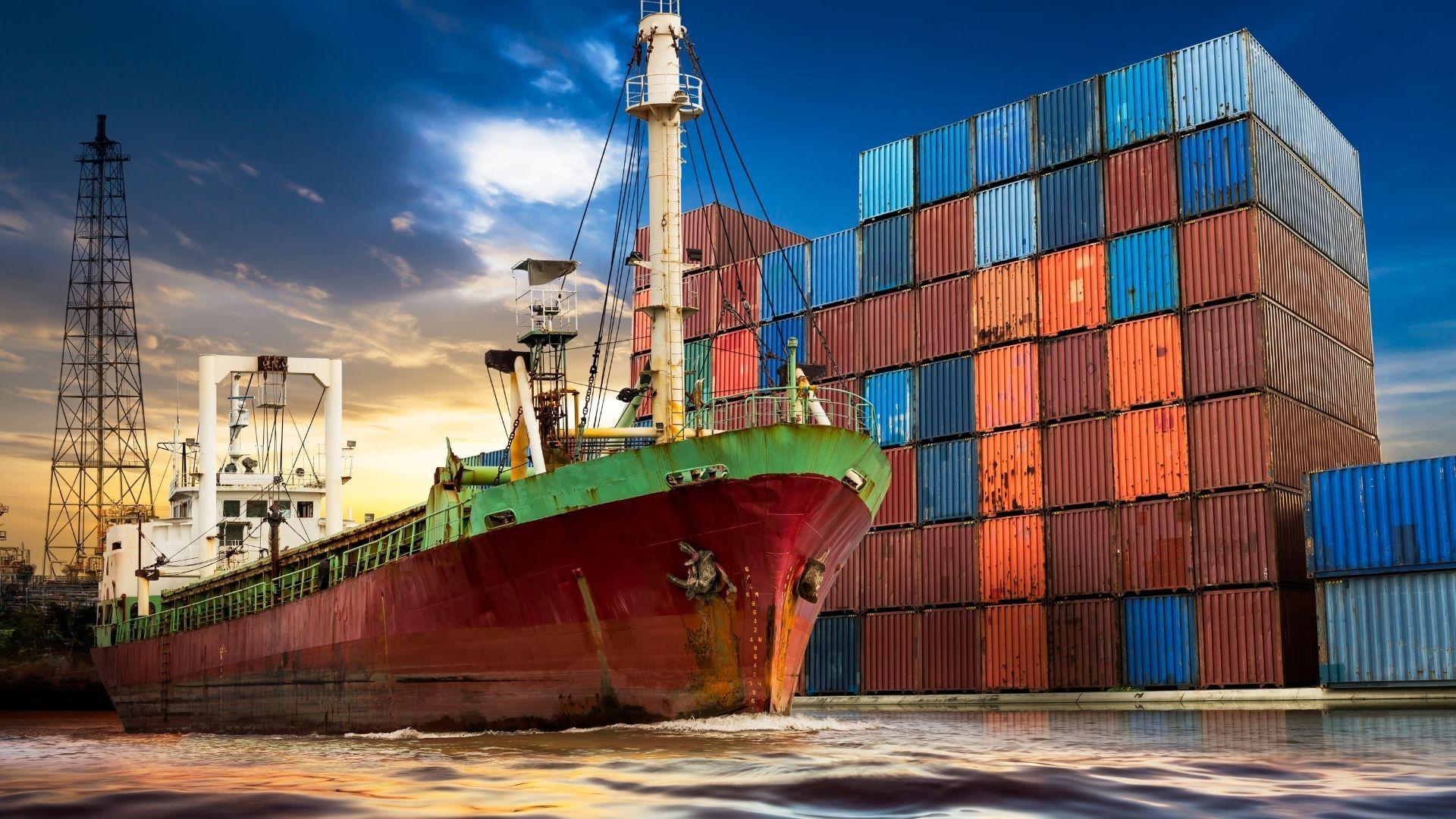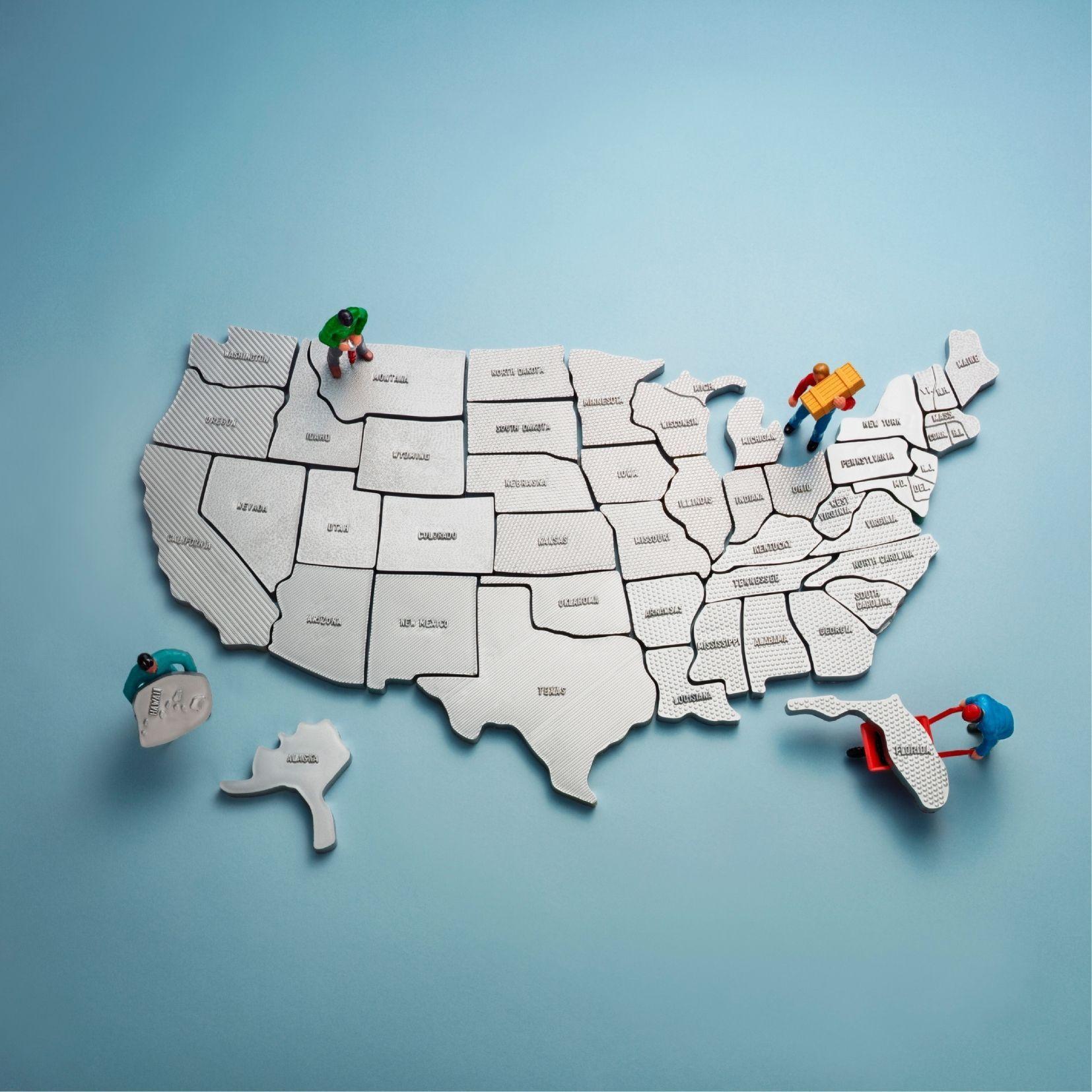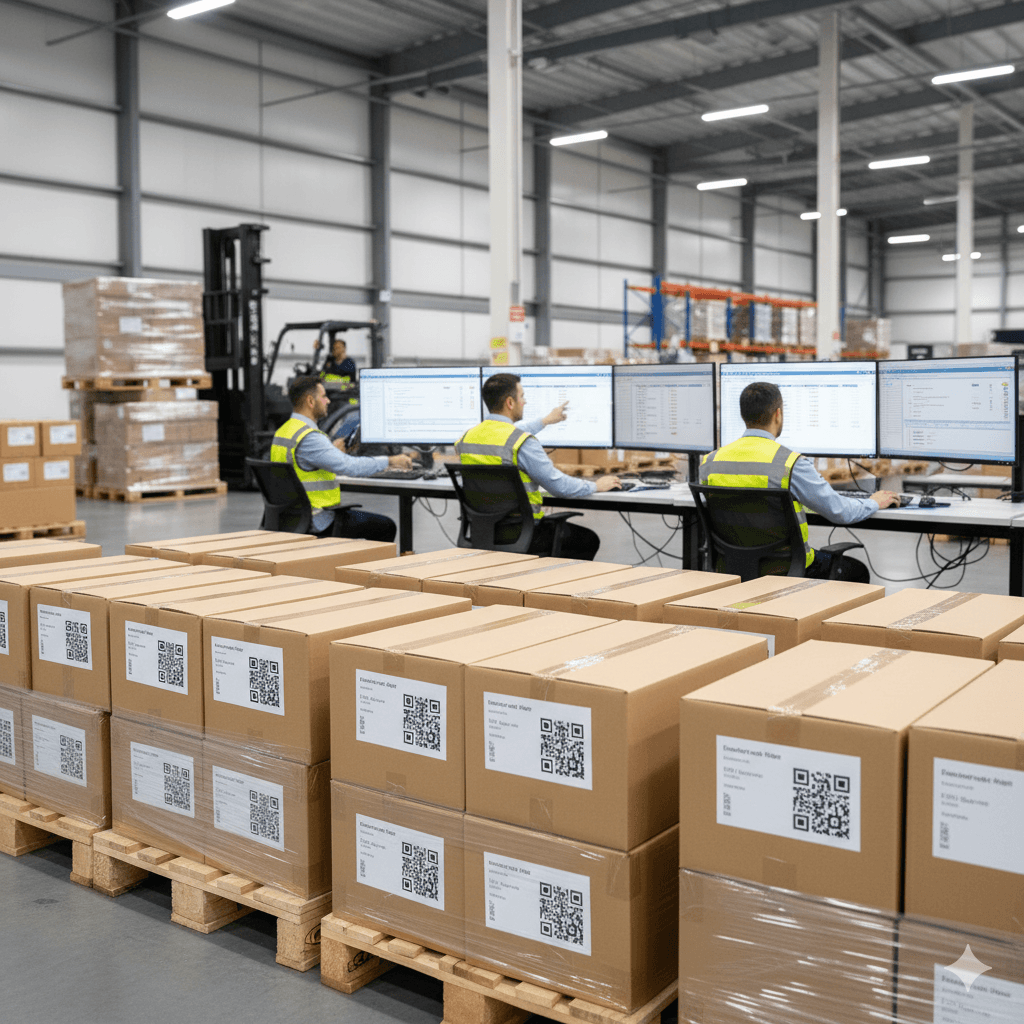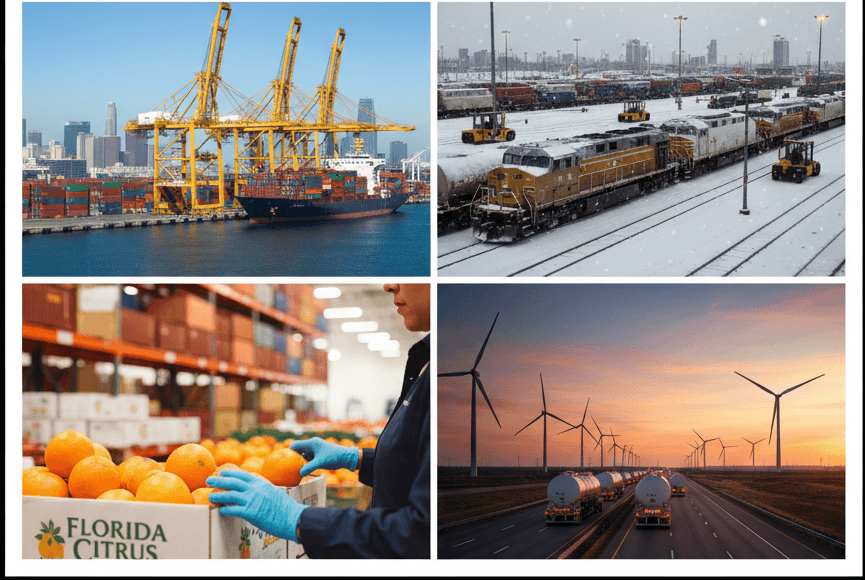
How to Ship Freight to Any State in the USA: State-by-State Guide
Choosing the Right Freight Type and Carrier
Freight shipping in the US begins with making smart decisions about how your goods will travel. Whether you’re sending a few pallets via LTL (Less-than-Truckload), a full truckload (FTL), or need intermodal solutions combining truck, train, and plane, each option affects cost, speed, and service. LTL is great for small or non-urgent shipments, while FTL is better for large, time-sensitive loads. Intermodal and rail are cost-effective for long-distance bulk but may require extra planning for final delivery. Top carriers like FedEx Freight, UPS, and local state-specific companies provide online tracking, insurance options, and flexible scheduling.

Packaging, Paperwork, and Compliance
Getting freight safely to its destination means packing it right and securing all required documents. Use strong pallets and shrink wrap, and label heavy or fragile goods clearly. Key papers include the Bill of Lading (BOL), address labels, detailed packing lists, and if needed hazardous or agricultural shipment permits. Shipping fresh produce to California or Florida? You’ll need pest inspection and state-specific compliance paperwork. For hazardous freight, pack according to DOT standards and provide all necessary disclosures.

State-by-State Routing and Delivery Highlights
States like California rely heavily on port and rail traffic; Texas and the Midwest excel at bulk truck/rail shipments. Florida faces unique weather risk and agricultural rules, while New York and big Northeast hubs have heavy traffic and port regulations. Always check with your carrier for route recommendations and delivery windows, especially if weather, local holidays, or other logistical hurdles might come into play.
- California: Strict rules on produce, green regulations for trucking, and heavy port congestion.
- Texas: Major transit hub; be aware of border shipping into/out of Mexico.
- Florida: Prepare for hurricane season; agricultural inspection for all produce.
- Illinois and Midwest: Snow and seasonality affect route planning.
- Pacific Northwest: Coastal and forestry goods, plus regulations on marine cargo.

Tracking, Delivery Confirmation, and Customer Support
Most carriers offer online tracking systems, allowing shippers and recipients to follow shipments in real time. Proof of delivery signatures or digital confirmations is essential for insurance and peace of mind. Good logistics partners offer responsive service, quick help for rerouting needs, and rapid claims support for lost or damaged freight. For business clients, dedicated account managers and volume pricing can make a major difference.
Conclusion: Nationwide Shipping Made Simple
Shipping freight to any US state is about preparation: the right carrier, secure packaging, organized paperwork, smart routing, and vigilant tracking. By knowing the state-specific challenges and leveraging professional support, you can deliver anywhere in America with confidence, efficiency, and cost savings.
Ready to ship coast to coast? Sea Sky Cargo Service provides expert advice, tailored solutions, and full support for all your US logistics needs from booking to tracking and custom compliance.
